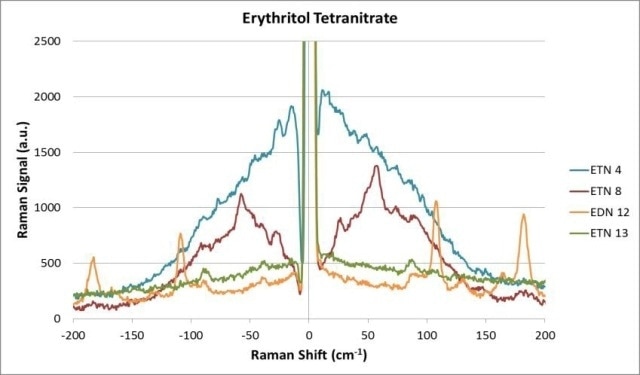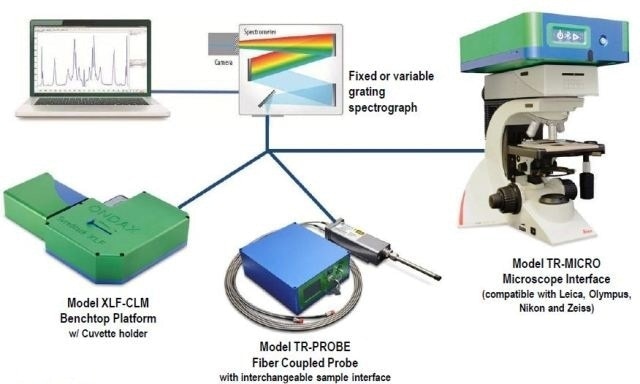Forward-deployed security personnel and warfighters must identify various compounds or residues found in the field in a timely and reliable manner, to differentiate between inert materials and home-made explosive (HME) compounds. Forensic experts need rapid data to find the culprits and contain the propagation of HME attacks.

Reliable, rapid and timely data is helpful to contain the proliferation of HME attacks.
Existing Techniques
Raman spectroscopy is an established technique for chemical identification. However, many conventional techniques can sometimes provide incorrect readings, and cannot be used to identify “Who made it?”.
Forensic experts require data relating to ingredient sources, manufacturing methods, synthetic pathways and contaminants, as well as the formulation methods and storage environment that provide information on where it was created. To obtain this extra information, special sample handling, specific preparation methods, and large, costly equipment are required.
Coherent Systems
THz-Raman (low frequency) analysis can identify and differentiate between different ingredients, (Figure 1) formulations, and synthetic pathways. These instruments also detect changes in the surrounding environment and storage (such as heat and humidity).

Figure 1. Multiple samples of ETN, representing systematic variations in primary ingredients as well as types of acids, salts, and preparation routes, show distinctive differences.
These factors can reveal “fingerprints” or “signatures” in the molecular structure. Using these, forensic experts can narrow down or hasten their hunt for the perpetrator.
Coherent THz-Raman® systems extend the range of traditional Raman spectroscopy instruments to the THz/low frequency region. This enables the differentiation between inter- and intra-molecular structures to be clearly visible. The intensity of the Raman is further improved by anti-Stokes signals and SNR.
The key features and advantages of the Coherent systems are as follows:
- Fast and simultaneous identification of structural and chemical data
- Improved reliability and sensitivity due to additional low frequency anti-Stokes signals
- Compatible with minute traces of materials
- No sample preparation needed
- Simple, compact, and cost-effective
- Non-contact and non-destructive
- Works at standoff distance
- Miniaturization is possible for portable or field use
Single System Handles THz-Raman and Fingerprint Region Measurements
Figure 2 shows THz-Raman analysis of hexamethylene triperoxide diamine (HMTD) and ammonium nitrate. The distinctive peaks found in the low-frequency/THz-Raman region (green background) are higher than the range found with conventional fingerprints.

Figure 2. THz-Raman analysis of HMTD and ammonium nitrate.
This range increases the signal, enhances the sensitivity, and reduces false positives. Peak symmetry around the excitation line provides improved data, auto-calibration, and increased system reliability.
With the patented THz-Raman® spectroscopy system from Ondax, the spectroscopy range is extended into the THz/low frequency region. Therefore, it is possible to investigate energy transitions within the same range of THz spectroscopy, without minimizing the ability to analyse the fingerprint region.
The chemical composition and molecular structure of a material can also be simultaneously analyzed if advanced materials characterization is required.
Coherent offers a complete range of compact and robust THz-Raman® systems. The plug-and-play platforms are user-friendly, whilst still providing a superior throughput and speed at an affordable cost. They also possess many controls for optional polarization, sample interfaces, alongside a broad excitation wavelength range of 488 - 1064 nm, making them compatible for any application.

Figure 3. THz-Raman® systems showing benchtop, probe and microscope configurations.

This information has been sourced, reviewed and adapted from materials provided by Coherent.
For more information on this source, please visit Coherent.